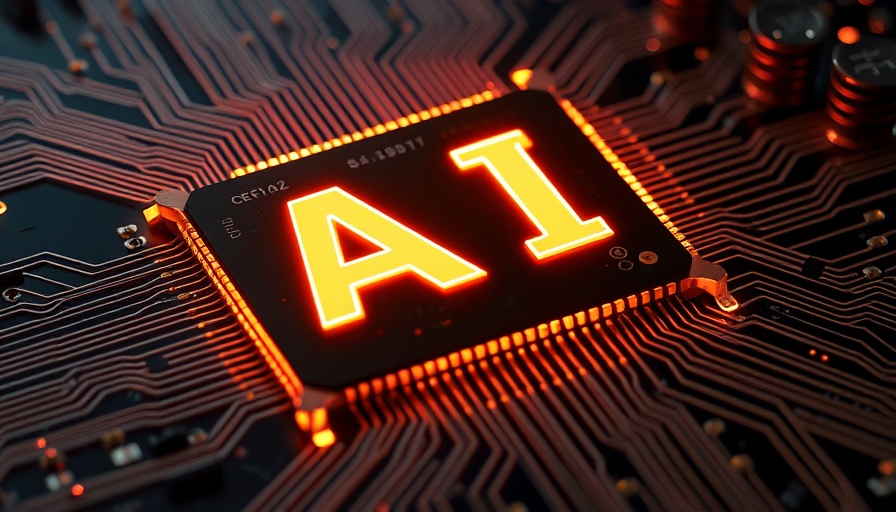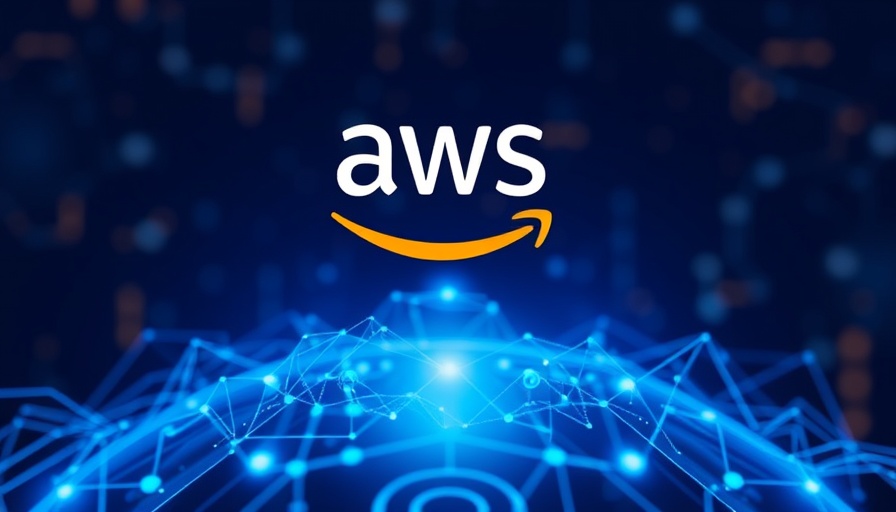
The Great Shift in U.S. Higher Education
The landscape of U.S. higher education is undergoing a monumental shift, significantly shaped by dynamic demographic trends, economic uncertainties, and rapid technological advancements. With enrollment figures changing drastically over recent years, colleges and universities are now at a crucial crossroads, poised to redefine how education and workforce development intersect. This shift, while posing challenges, also presents unprecedented opportunities, particularly for those looking to invest in adaptive educational technologies.
Understanding the Enrollment Crisis: A Catalyst for Change
From 2019 until 2021, U.S. undergraduate enrollment experienced a striking decline of nearly 8%, with community colleges particularly affected—facing a staggering 15% drop. However, recent data indicates a slight recovery, noting a 2.5% increase in 2023. This raises important questions: What are the reasons behind this downward trend, and how can it serve as a stimulus for transformative strategies in higher education?
The precipitating factors are multifaceted: escalating tuition fees, escalating student debt burdens, and increasing skepticism regarding the value inherent in a traditional four-year degree. In addition, a significant demographic shift has occurred, evidenced by a 15% drop in birth rates from 2007 to 2022, leading to a dwindling college-age population. Institutions must innovate to overcome this stagnation.
Embracing New Educational Models
The current climate signals a shift from traditional enrollment models to more adaptable approaches. According to the National Center for Education Statistics, as of now, 98% of U.S. universities have embraced online education—a significant leap from just 77% in 2019. This change indicates a broader acceptance of alternative educational models, particularly those emphasizing vocational training and STEM-related pathways.
Non-traditional programs, such as online courses, are capturing the attention of an increasingly diverse student body. Interestingly, the market for online learning is expected to undergo explosive growth, with projections estimating a drastic 200% increase in enrollment between 2020 and 2025. By 2030, the market is anticipated to reach a staggering $687 billion, as companies such as Coursera and LinkedIn Learning lead this charge.
The Role of Adaptive Technologies
Adaptive education technologies are transforming the educational landscape. Utilizing AI in education can augment personalized instruction, enabling platforms to tailor learning experiences to individual student needs. Research suggests that these innovations are making a notable impact—70% of students report a preference for online learning due to its flexibility and convenience, while AI-backed tools have been shown to reduce study time dramatically by 40-60% while improving content retention rates by 50%.
Investors keen on capitalizing on this trend should focus on firms developing generative AI for curriculum design, as well as real-time skill assessment technologies. The market for these innovations is growing at a rate of about 9.1% annually, making it an appealing avenue for savvy investors.
Vocational Training: Meeting Workforce Demands
As the job market progresses into uncharted territories, the necessity for vocational training and STEM education has never been more pronounced. The U.S. Bureau of Labor Statistics foresees radical changes in job landscapes, projecting that up to 65% of current grade-school students will find themselves in careers that do not yet exist—many of which will require specialized technical skills.
Unfortunately, traditional educational institutions often lag in adapting their curricula to fulfill these evolving job requirements. As an innovative response, workforce development startups are increasingly mirroring successful international models, such as Germany's dual apprenticeship system and Singapore's retraining initiatives, to better prepare students for the future job market.
Investment Opportunities: The Future Looks Bright
Despite the challenges brought on by declining enrollment figures, the current paradigm of U.S. higher education offers ripe opportunities for those attuned to emerging trends. The rise of online and vocational training models, combined with adaptive technologies, herald a new era of educational investment. By understanding these changes, investors can position themselves advantageously for the explosive growth anticipated in the coming years.
As we stand on the brink of this educational evolution, stakeholders in education and investment—policymakers, institutions, and private capital—must collaborate to harness these advancements. Innovative educational approaches not only serve to address today’s challenges but provide invaluable resources for future generations. Now is the time to act, pave the path for reform, and enter a thriving market of progressive educational opportunities.
 Add Row
Add Row  Add
Add 




Write A Comment